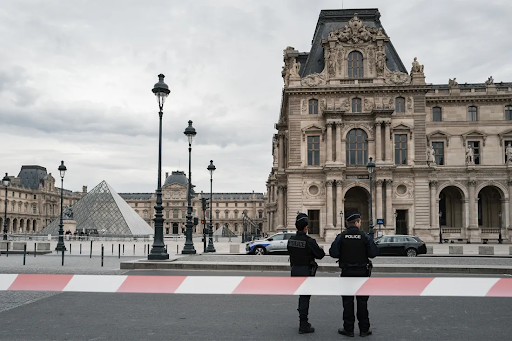The Second Velvet Revolution
A government of the people! Wait a minute…
May 10, 2018
After days of mass protests against the government, the people of Armenia have enforced their will. Former president Serzh Sargsyan has stepped down from his post and has been replaced by former journalist Nikol Pashinyan, the elected candidate of the Civil Contract party. The protests followed elections in March, in which the ruling Republican Party was accused of corruption by Pashinyan.
These are not the first protests in Armenia following elections. In 2008 and 2013, protests occurred after the election and reelection of Sargsyan, which detractors claimed were won through force and electoral fraud. The first wave of protests in 2008 occurred in Yerevan, the Armenian capital. Over 50,000 protesters lined the streets, and were only dispersed through deadly force which left 10 dead and many more missing or imprisoned. The violence only ended when Levon Ter-Petrosyan, the first president of Armenia and presidential candidate, was placed under house arrest and coerced by the government to issue a statement condemning the protests.
The second wave of protests occurred after the 2013 elections, where the Heritage Party leader, this time Raffi Hovannisian, once again accused Sargsyan of electoral fraud to win the elections. At first, these protests were far more peaceful, with hunger strikes, student protests, and sit-ins. However, on November 5, a violent march attempted to overthrow the government. This round of protests was once again stopped by the police, which detained over 100 people while forcing the dispersion of the demonstrators.
The current round of protests are once again protesting against the reelection of Serzh Sargsyan. Despite promises to his detractors that he would not pursue another term, Sargsyan successfully won a bid to amend the Armenian constitution which established a parliamentary republic – allowing Sargsyan to be elected Prime Minister of the country, thereby extending his administration.
Sargsyan’s attempted power grab did not sit well with his opponents. Nikol Pashinyan, his primary opponent in the elections, urged his supporters to protest against the government, declaring it another “velvet revolution,” or a bloodless revolution. By April 25, the Republican Party’s major coalition partner, ARF-Dashnaktsutyun, withdrew from the coalition and left the Republican Party stranded. Three days later, every opposition party had voiced their support for Pashinyan. Facing popular dissent and desertion by his party’s allies, Sargsyan quickly resigned from office.
With the resignation of Sargsyan, Pashinyan was quickly elected the new Prime Minister of Armenia in a 59-42 vote. The revolution had succeeded, but only time can tell if these successes will continue through the rest of Pashinyan’s time in office.








